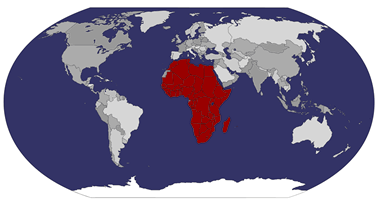
K10: The Red and Blue or Anchieta's Sunbird appeared on the highest value of the 1988 definitive birds set, and shows a lovely species of sunbird found in southern Africa. Named in 1878, it ranges from Angola and Malawi south.
50t: White-tailed Crested Flycatcher: I am still trying to locate more detailed information on this bird, and would appreciate anything readers may know about it.


















 Maroon
Maroon 
















































